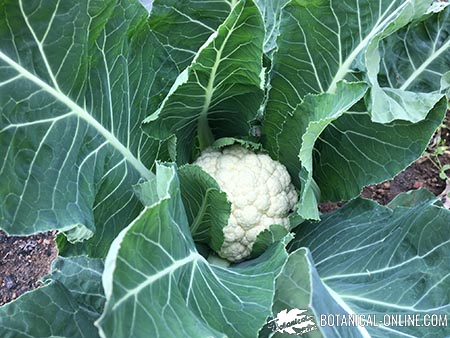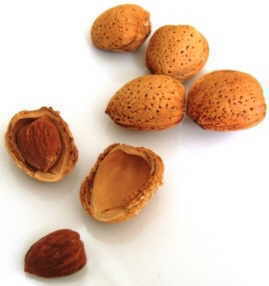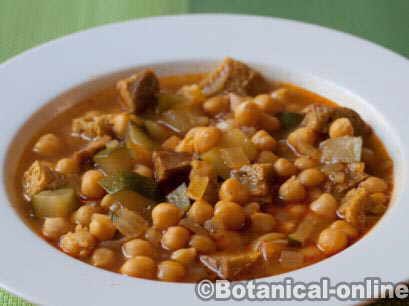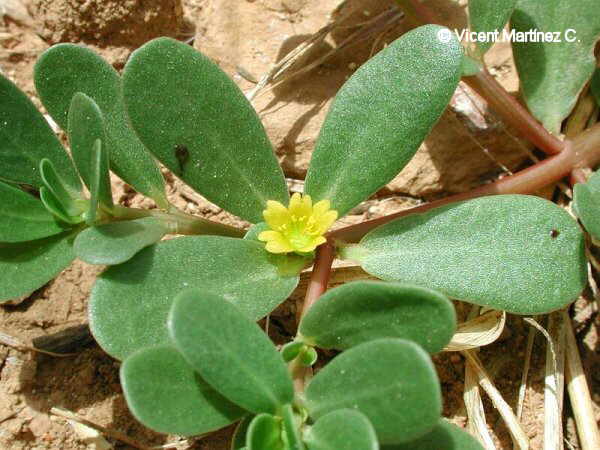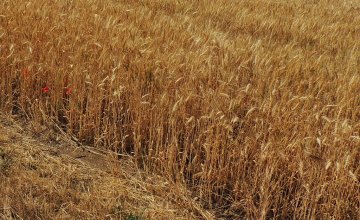Contents
- 1 What is histamine? Intolerance, intoxication and foods that produce it
- 1.1 What is histamine?
- 1.2 Characteristics of histamine
- 1.3 Does cooking destroy histamine?
- 1.4 What is histamine intolerance?
- 1.5 Other risks of high histamine
- 1.6 Types of biogenic amines
- 1.7 Types of biogenic amines in food
- 1.8 Foods rich in biogenic amines
- 1.9 Metabolism of histamine and biogenic amines
- 1.10 Toxicity of histamine
- 1.11 Causes of histamine intolerance
- 1.12 Adverse effects of histamine
- 1.13 Effects of tyramine
- 1.14 Foods rich in tyramine
- 1.15 Tyramine intolerance
- 1.16 Phenylethylamine and histamine
What is histamine? Intolerance, intoxication and foods that produce it
What is histamine?
Histamine is a chemical that is produced by the body and it is also found in food. In the body, histamine has the function of allowing a good functioning of the nervous system, muscles and the cardiovascular system. When histamine accumulates, for various reasons, it is related to allergy processes and to migraine caused by deficiency of the DAO enzyme.
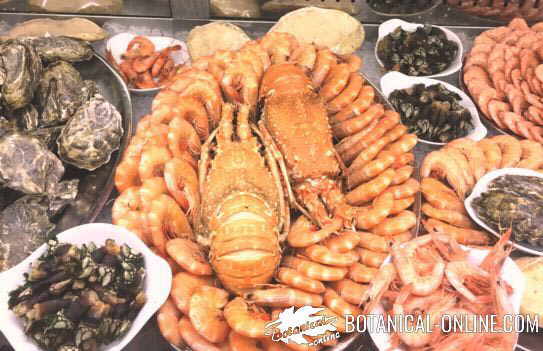 Photo of shellfish, very rich in histamine
Photo of shellfish, very rich in histamine
Characteristics of histamine
What type of substance is histamine? Histamine is a substance that is classified as “biogenic amine”. These are nitrogen-containing molecules that are naturally formed from the degradation of proteins.
Technically they are defined as low molecular weight nitrogen compounds that are formed mainly from the decarboxylation of amino acids.
Does cooking destroy histamine?
Histamine and other biogenic amines are thermostable, so that, once formed in food, they are not eliminated by cooking.
What is histamine intolerance?
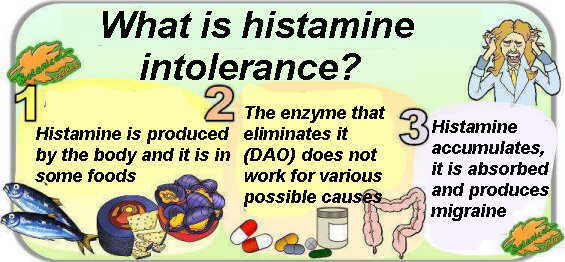 Summary of the intolerance to histamine and migraine due to deficit of the DAO enzyme
Summary of the intolerance to histamine and migraine due to deficit of the DAO enzyme
Histamine intolerance is due to pharmacological or chemical causes. They can cause medications, or foods that carry components that act pharmacologically, in this case histamine or other biogenic amines.
A characteristic of migraine due to DAO deficiency and other types of intolerance to histamine is that it is usually associated with gastrointestinal, inflammatory and dermatological disorders.
Other risks of high histamine
Histamine and biogenic amines could also have detrimental effects by reacting with nitrates and nitrites increasing the intestinal production of nitrosamines, which are carcinogenic compounds.
In addition, some studies have observed that these components favor intestinal colonization of unhealthy bacteria (intestinal flora or microbiota), such as Escherichia coli, which causes food poisoning.
Types of biogenic amines
Technically, histamine is classified as a biogenic amine. Although histamine is the best known, there are others that can also produce symptoms:
- Histamine: Inflammatory, vasodilator. We have it at an endogenous level as a mediator of allergic reactions. Food can also be transported from this histamine.
- Tyramine : vasoconstrictor effect.
- Phenylethylamine: vasoconstrictor effect.
There are other biogenic amines in foods such as putrescine, cadaverine, tryptamine, sperm and spermidine. However, the main amines responsible for most food poisoning are due to histamine and tyramine.
Types of biogenic amines in food
Biogenic amines in food (aromatic amines) and their effects | |
|---|---|
| Tyramine, phenylethylamine, tryptamine | Vasoactive: They have a vasoconstrictor effect. |
| Serotonin and histamine | Vasoactive: They have vasodilator effect. |
| Serotonin, histamine and tyramine | Psychoactive: They are neurotransmitters of the central nervous system. |
Foods rich in biogenic amines
- Fermented: The biogenic amines are produced mainly by fermentation, therefore, fermented and cured foods are rich in these components: alcoholic beverages, cheeses, canned fish, sausages, etc. The higher the maturity, the higher the content (more amines the more the cheese is cured, for example).
- Other foods already have preformed amines: tomatoes, spinach, meats, shellfish, etc.
- Food contaminated by bacteria: proteins subjected to microbial decarboxylation, such as raw meat or meat in poor condition.
Metabolism of histamine and biogenic amines
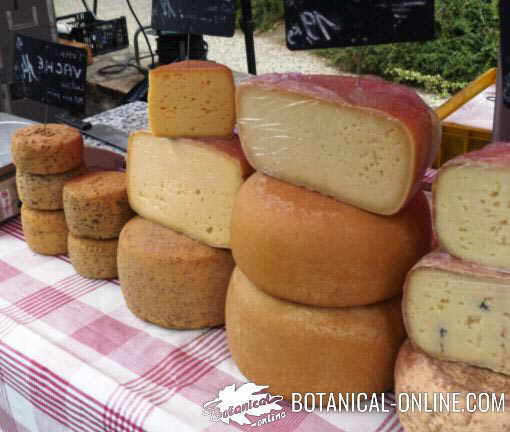 Photo of cured cheeses, very rich in histamine
Photo of cured cheeses, very rich in histamine
Histamine is formed from the amino acid histidine, by bacterial decarboxylation (fermentation, bacterial contamination). At the intestinal level (mainly jejunum) there are enzymes that degrade histamine, which are histaminase, monoamine oxidase (MAO) and diamonoxidase (DAO).
Histamine and other amines of food (tyramine, cadaverine or putrescine) compete with each other for metabolism, so that if the food is too rich in these amines, the enzymes may be unable to eliminate all histamine and side effects may occur. .
Toxicity of histamine
It is produced by the intake of foods with a high content of histamine (tuna and other scombroid fish).
Causes of histamine intolerance
Only people sensitive to histamine with DAO deficiency have histamine intolerance. They have enzyme deficiency for different reasons:
- Genetic
- Diseases (pathological causes): associated with intestinal diseases: gastroenteritis, inflammations, Crohn’s disease, colitis, etc.
- Pharmacological causes: Certain medications can inhibit histamine degrading enzymes such as DAO / MAO. Up to 90 medications have been described that inhibit the activity of these enzymes, the most common being: antidepressants, mucolytics (acetylcysteine), expectorants (ambroxol), antibiotics (clavulanic acid), antihistamines, antiparkinsonians (selegrine), etc. The new antidepressants are transiently inhibitors of MAO , to avoid these adverse effects. For this reason you should not take fermented, wine, cheese, etc. With the taking of these medications.
- Foods that produce endogenous histamine release: certain foods can increase the production of histamine, such as shellfish, beans, cereals, pineapple, strawberries, etc.
Adverse effects of histamine
- Increases bronchoconstriction
- Increases vasodilation and permeability
- It can be responsible for allergic reactions (pseudo-allergic symptoms) such as:
- Skin: Exanthema, urticaria
- Gastrointestinal: Nausea, vomiting, migraine, diarrhea, abdominal pain
- Circulatory: Hypotension, edema, tachycardia
- Neurological: Headache, migraine
- Respiratory: Asthma
Effects of tyramine
Tyramine is another type of biogenic amine that is produced by decarboxylation of the amino acid tyrosine. It is vasoconstrictive and has an effect similar to the sympathetic nervous system, such as adrenaline. It is degraded by the MAO enzyme, which has the same inhibitors as histamine.
Foods rich in tyramine
Foods rich in tyramine are similar to those that contain histamine, since they are biogenic amines that are produced by the same fermentative system:
Cheese, meats, fish, fermented beverages, bananas, avocados (the more mature the more they have), legumes
Tyramine intolerance
The accumulation of tyramine gives the following symptoms:
- Vasoconstriction and increased heart rate
- Migraine
- Increased blood pressure (strokes)
- Cutaneous symptoms
Phenylethylamine and histamine
Phenylethylamine is another type of biogenic amine with a similar behavior to tyramine.
It is found in cheeses, red wine and chocolate.
Natural treatment of migraine
![]() More information on migraine.
More information on migraine.



